It’s what’s going on under the surface that makes all the difference to your plants’ health.
If the soil is so important for the plants, then ensuring the health of the soil is as crucial as the plant itself. Now, the question arises, is soil the same everywhere?
Nope. This is the best part of living in a versatile country like ours.
With the diversity in climatic & topographical conditions, it’s very easy to decipher what kind of soil is native to your region. Being plant parents ourselves, we care about your soil’s health as much as we do for our green leafy friends.
Therefore, we’d like to take you through the basics of how you can check & improve the quality of soil in your garden.
Types Of Soil
Clay Soil

If you notice dense material, you are likely to have clay soil. The color of the soil could be red or orange. Clay soil is usually hard & heavy when it is dry & mucky when it is wet. It’s easy to fix clay soil in your garden, follow these tips to amend clay soil:
-
Work in 2 to 3 inches of organic matter to the surface of the soil.
-
Use in permanent raised beds to ensure proper water filtration.
-
Add more garden-friendly soil to make the soil suitable for your greens.
-
Minimize the spading & tilling of the soil.
Vegetables that do well in Clay Soil
Shallow root vegetables like cabbage, broccoli, beans, and cauliflower will thrive well in clay soil. You can also grow root vegetables that will till the soil like carrots or radish.
Sandy Soil

It is easy to amend sandy soil, it is exactly like how it sounds. Sandy soil dries and drains quickly, and it hardly holds shape. Use these tips to improve your soil:
-
Work in 3 to 4 inches of well-rotted manure or compost.
-
Add at least 2 inches of organic matter each year.
-
Mulch! Mulch! Mulch! It helps to retain moisture in the soil and helps to keep it cool. Use grass clippings as mulch.
Vegetables that do well in sandy soil:
Leafy greens like lettuce and spinach, root vegetables like carrots and potatoes, or all-time favorites like capsicum, peppers, and zucchini.
Silty Soil
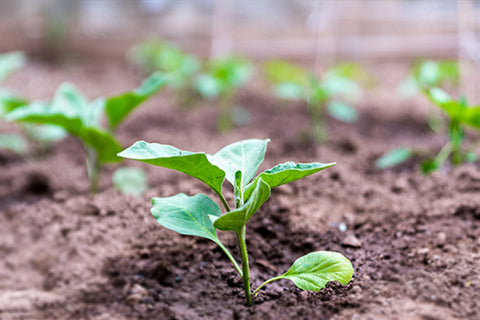
This is the middle version of clay soil & sandy soil. It has a powdery and soft texture, finer than sandy soil. Sandy soil holds more moisture and can be very slippery, when wet. Use these tips to make silty soil fit for your plants:
-
Add organic matter on a regular basis.
-
Avoid tilling & walking on garden beds to prevent excessive soil compaction.
-
Consider using raised beds.
-
Add mulch at the beginning and the end of every season.
-
Check the acidic level of the soil and reduce it with the use of lime.
Vegetables that do well in silty soil
Shallow root vegetables like beets, onion, radish, garlic, and herbs do well in silty soil.
Loamy Soil
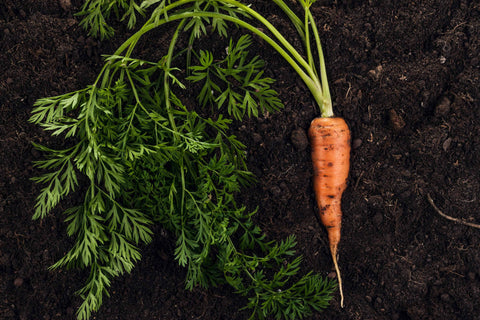
This soil is perfect for your garden, it retains moisture well. It comprises sand, silt, and clay. It contains all the nutrients and minerals necessary for plant growth. You can grow almost all the vegetables in a loamy soil.
Testing Your Soil

Since India has such diverse kinds of soil moving from region to region, you might have loamy soil in your backyard as well, which is a blend of clay, silt, and sand. Loamy soil is said to be the most fertile & versatile kind of soil to grow any kind of plant. Once you know the kind of soil, then we’ll take a look at a few steps to increase the quality of such soil types.
- Fill a glass jar about one-third of the way with regular tap water.
- Add a handful of your garden soil to the jar, close the lid, and shake it vigorously so the water mixes with the soil.
- Set it aside for a couple of minutes and let the large particles settle down. These large particles should most likely be sand particles. Measure the thickness of this first layer of settled particles.
- If you leave the jar for another couple of hours, you’ll notice that smaller particles have formed another layer on top of the first layer. These particles are silt. Take note of the thickness of this layer as well.
- Furthermore, if you leave the jar aside overnight, the third layer that forms on top of the silt is clay. These are extremely fine particles. Above this layer, you may observe a thin layer of organic matter.
- Measure the thickness of the layer of clay particles as well and see which type of particles take up more space in the jar. This will determine the type of soil you have in your garden.
Winter Soil Care

When the soil temperature drops, its activity slows down. Your soil needs a little help during the cold winter months. These tips will help you keep your soil healthy:
Sow cover crops: Cover crops are the fast-growing plants that will help cover the soil during the winter months and protect the soil from wind and erosion. These plants include legumes such as peas and beans.
Add organic matter: Improve the structure of your soil by adding organic material like tea compost, food peelings, or seaweeds.
Covers unused beds: Cover any beds that will remain unused during the winter months with cloth or net. This will help the soil to retain its structure.
To get you started with your gardening adventures, check out our collection of high-quality non-GMO heirloom seeds of almost all vegetables, fruits, herbs, and even microgreens.
Grab all your essentials at AllThatGrows and don’t forget to tell us about your first harvest. Happy Gardening!


 Sign In
Sign In



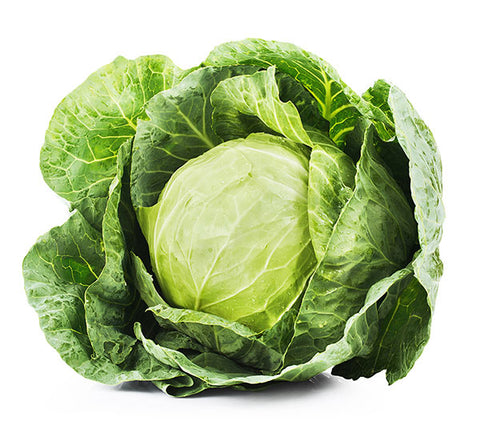
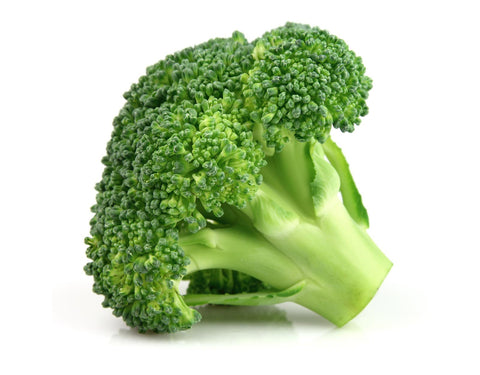
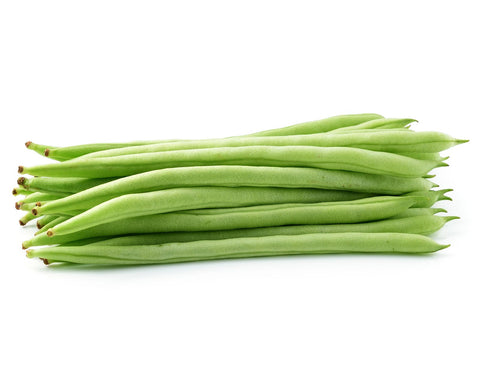
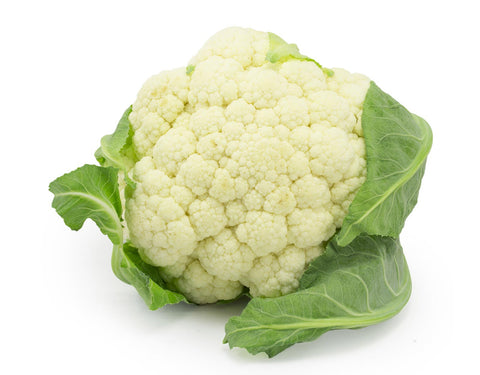
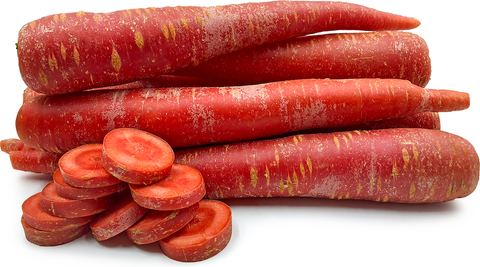
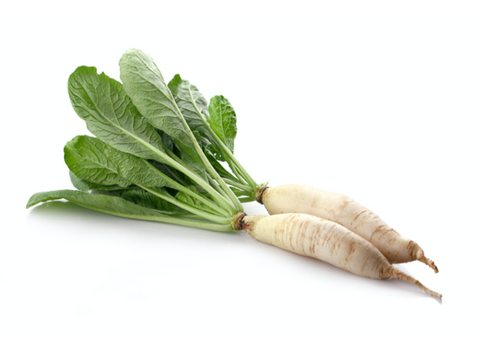
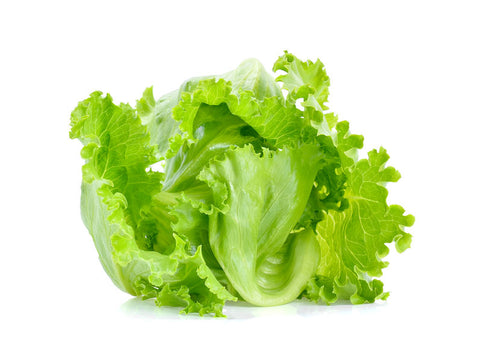
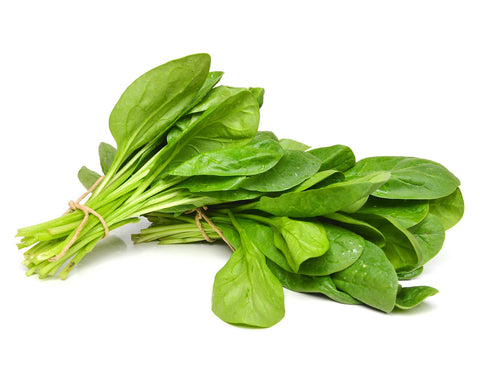
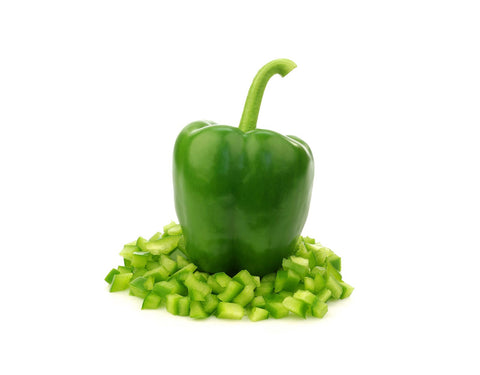
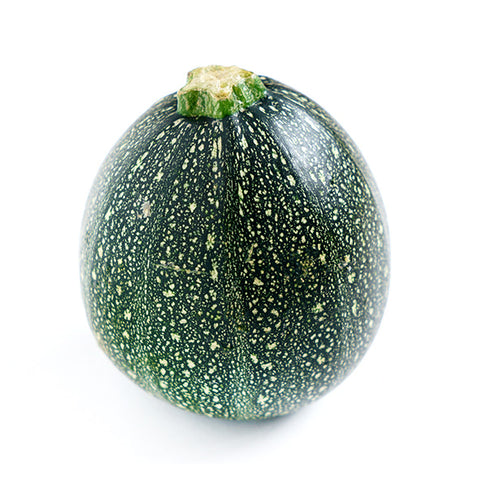
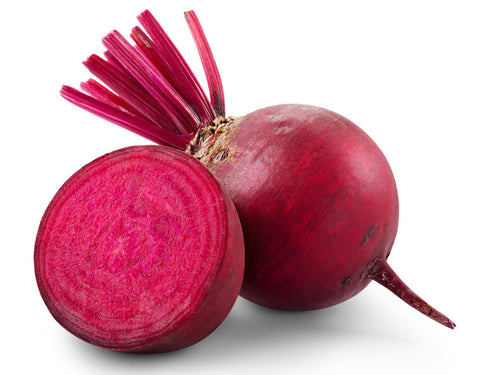
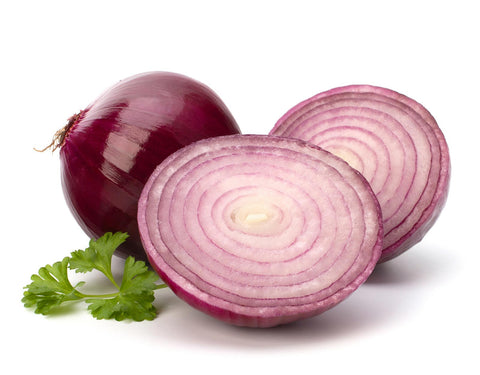
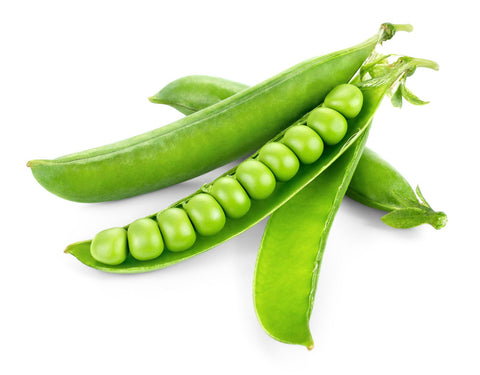






Let us know your feedback
* Comments must be approved before being displayed.